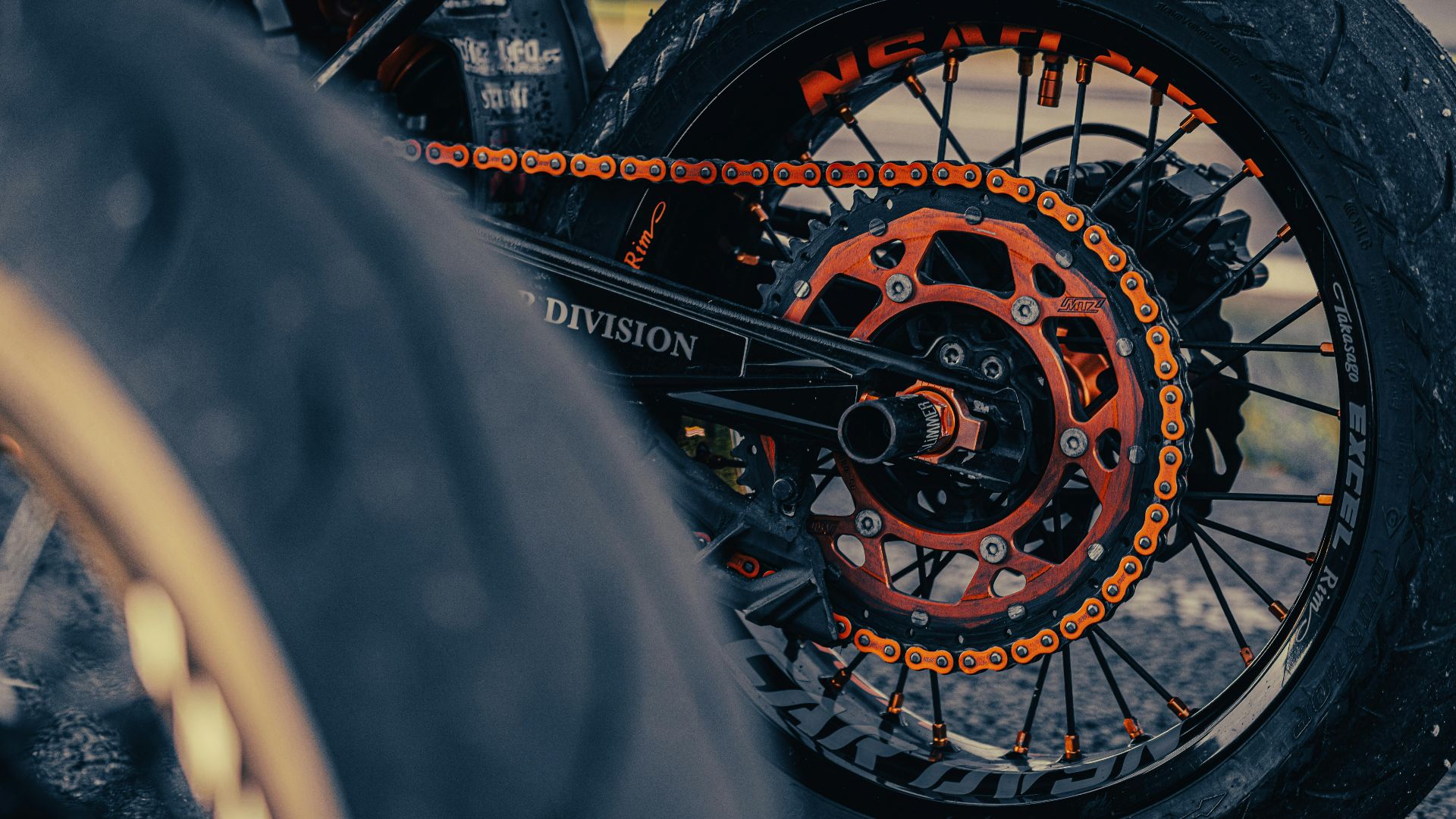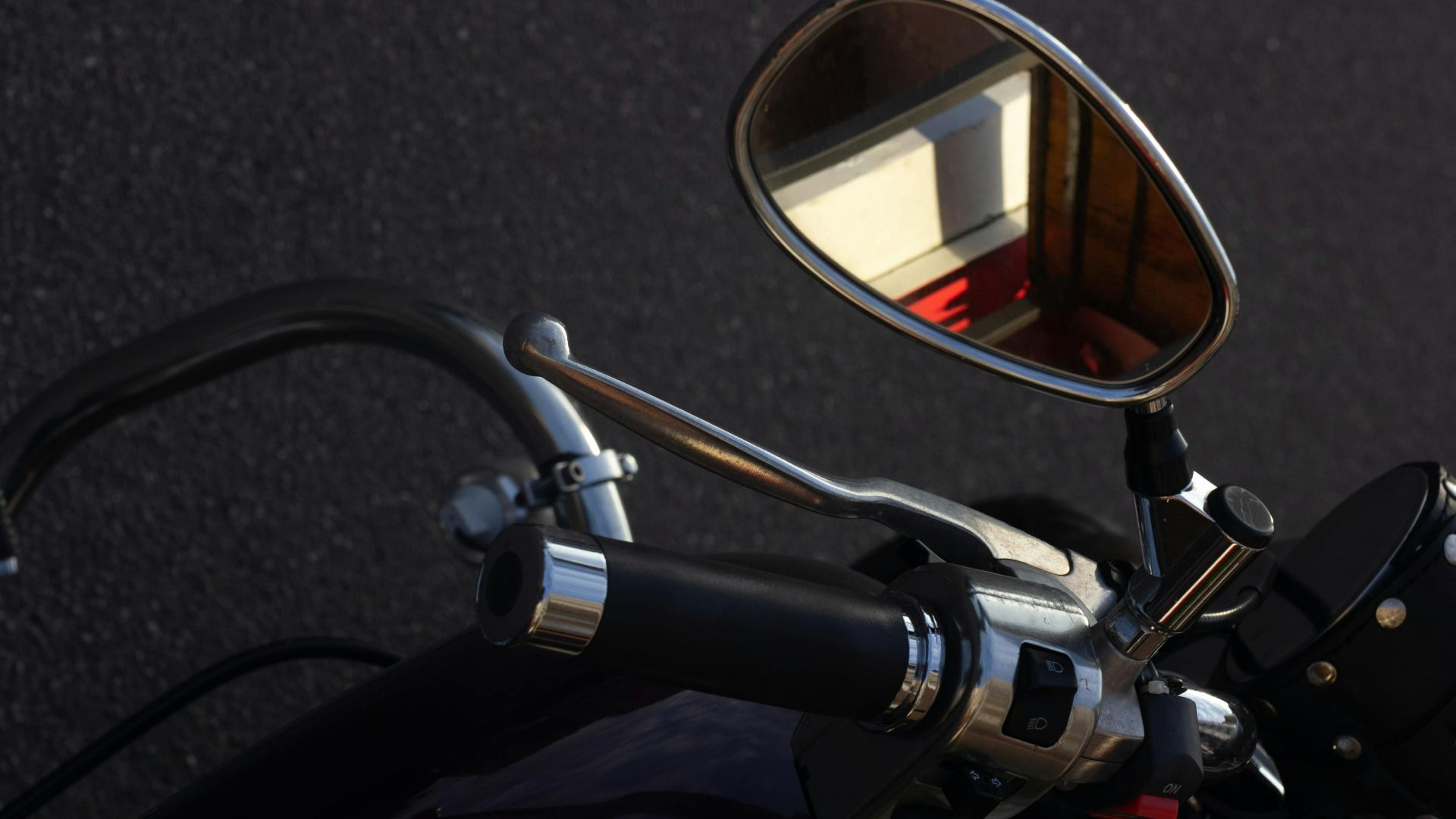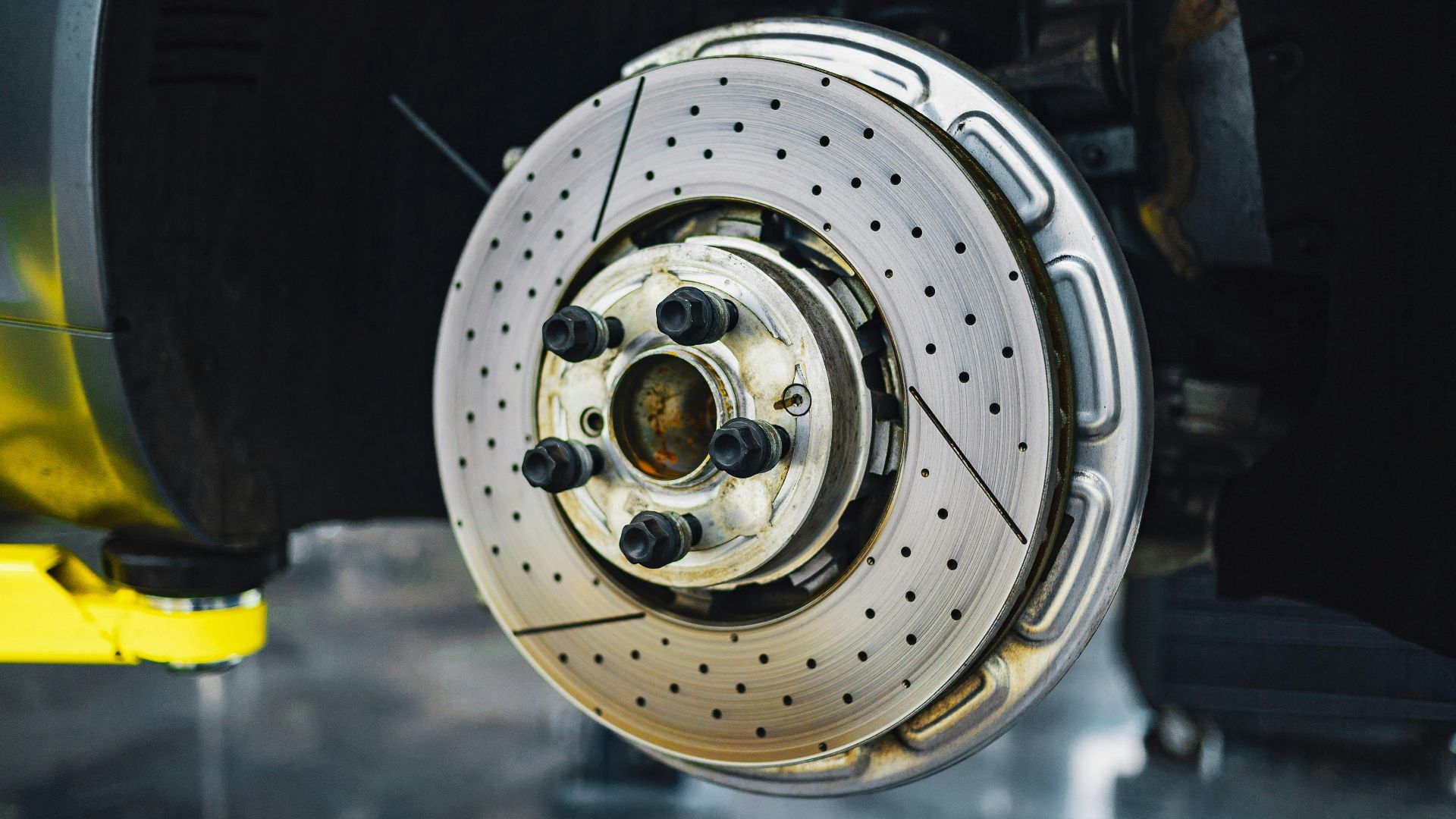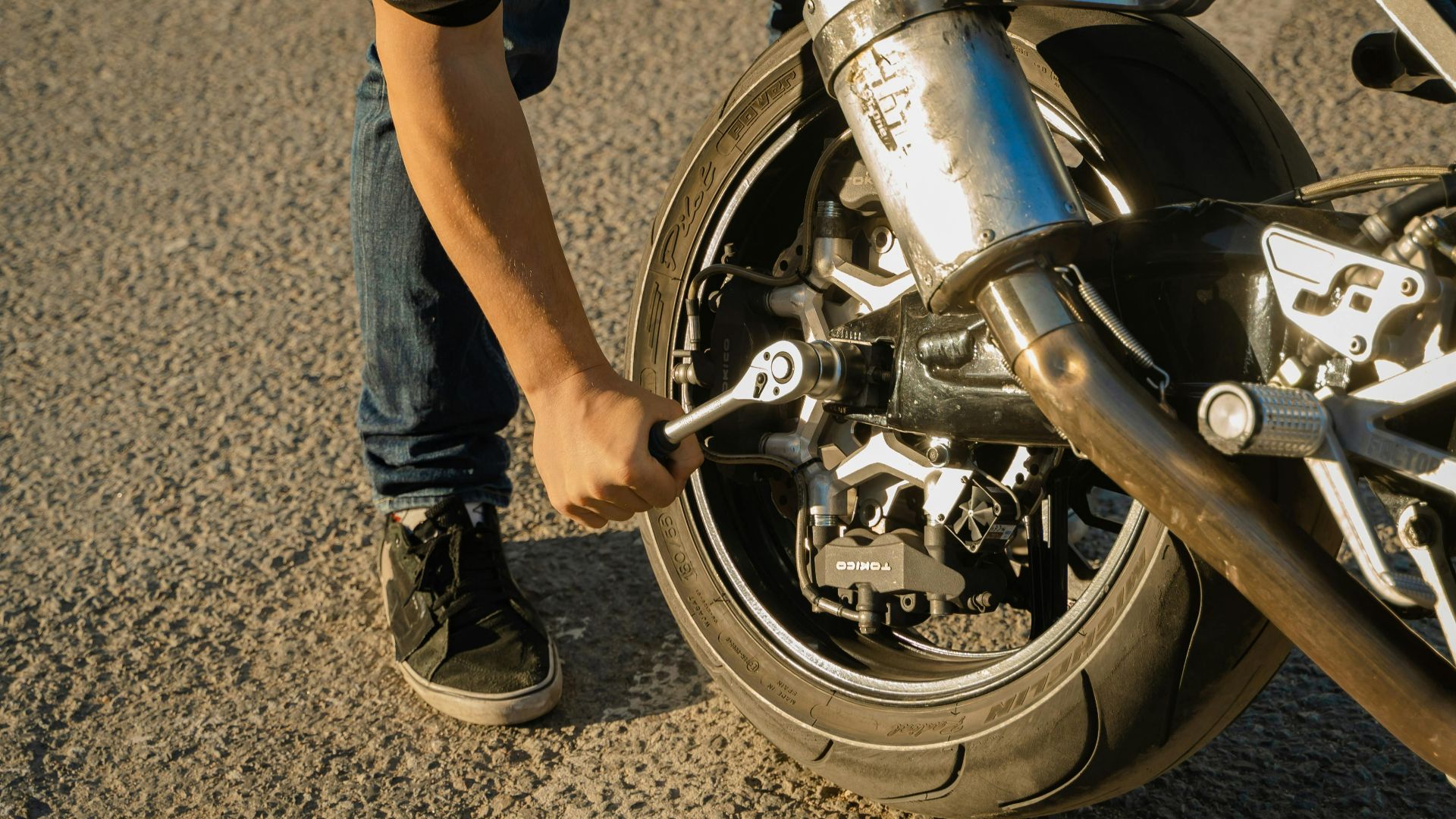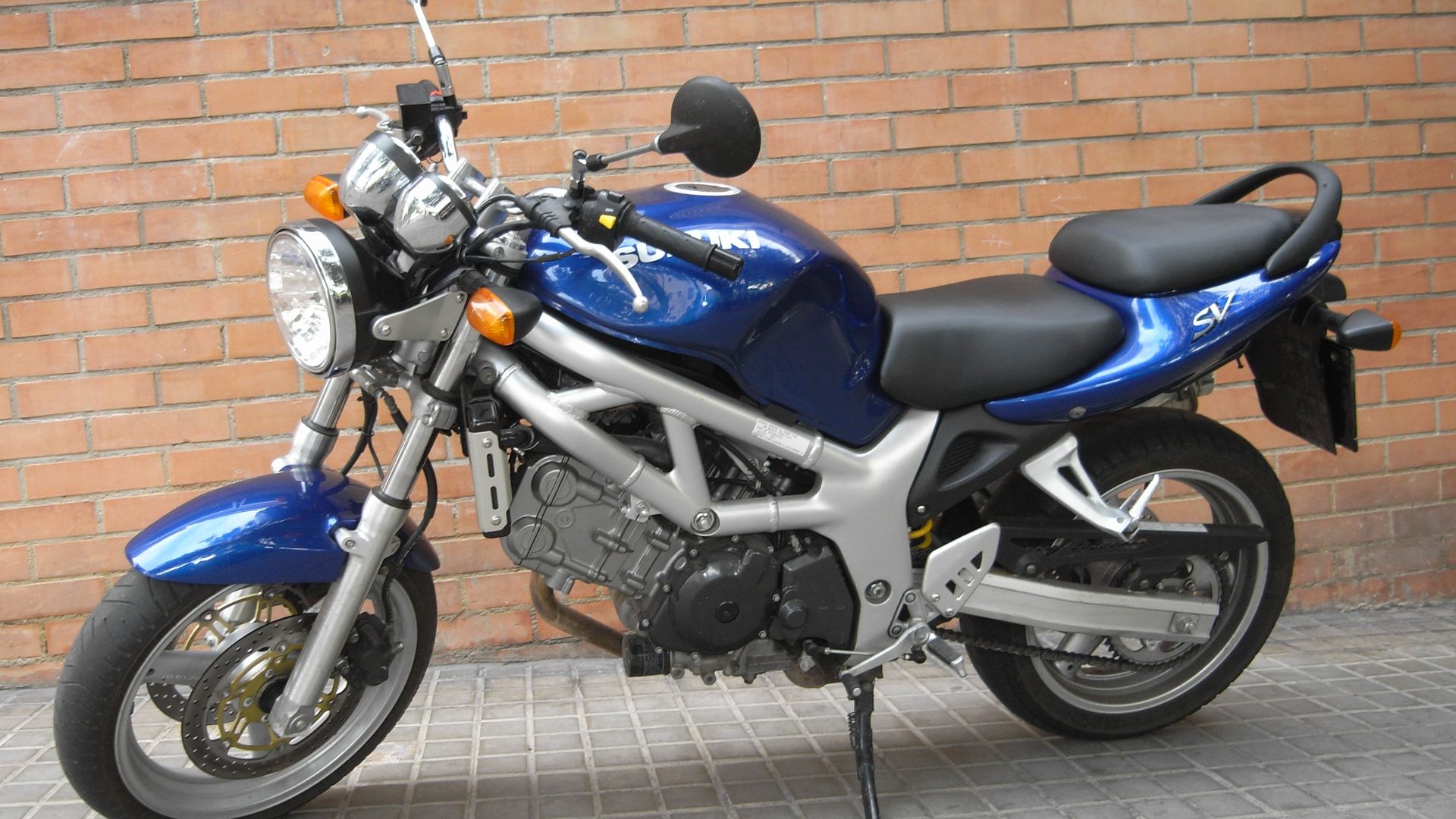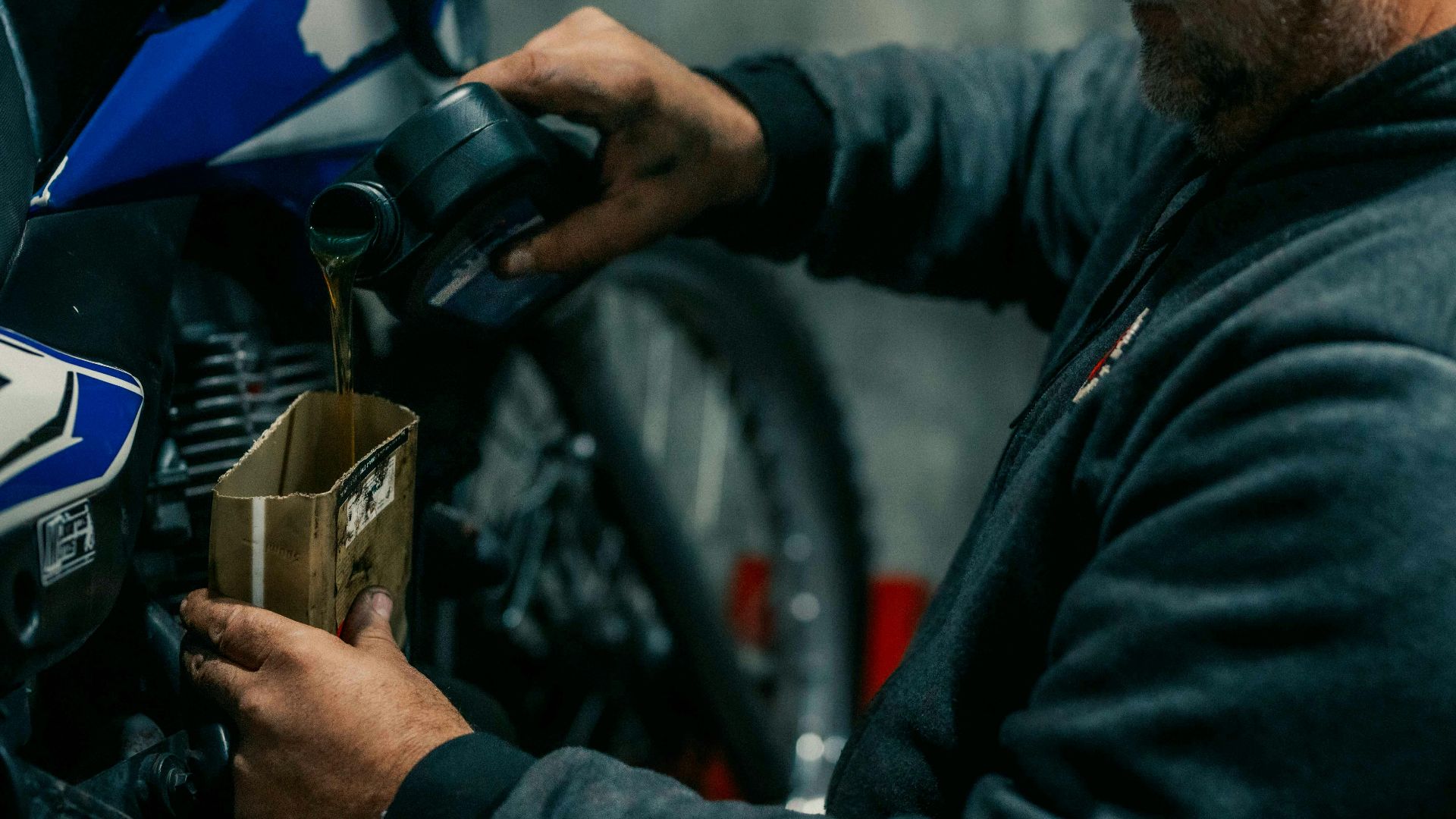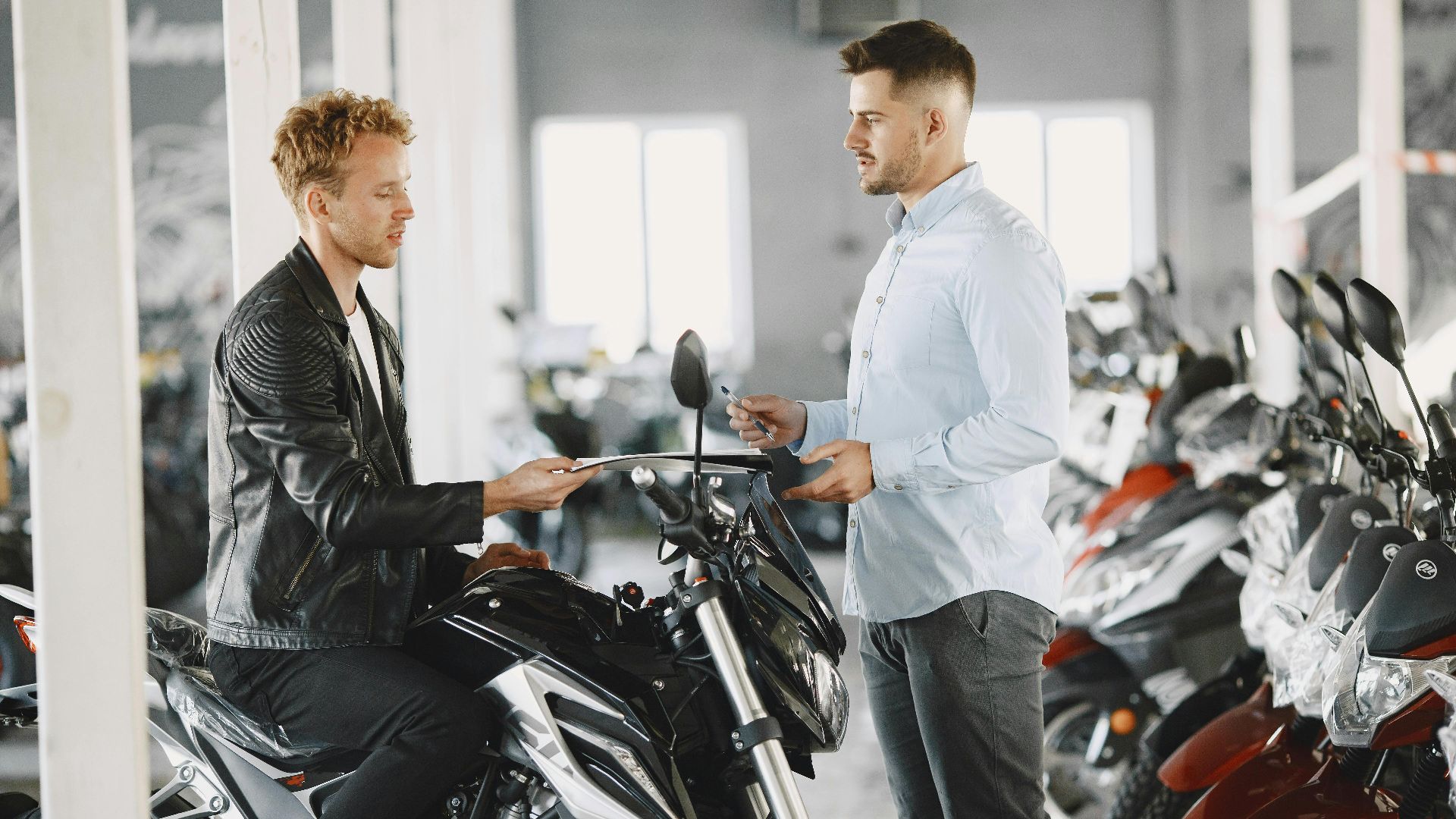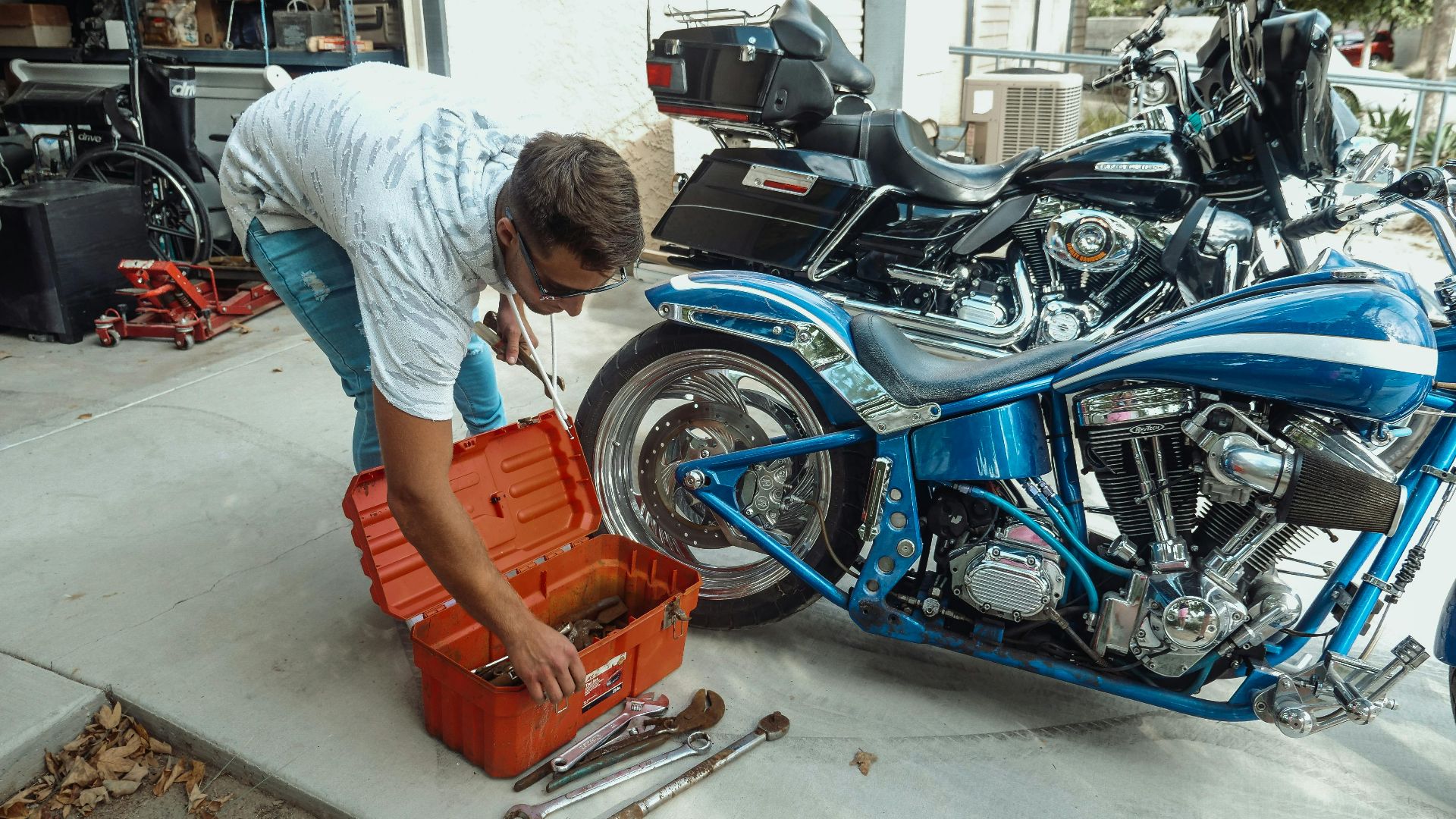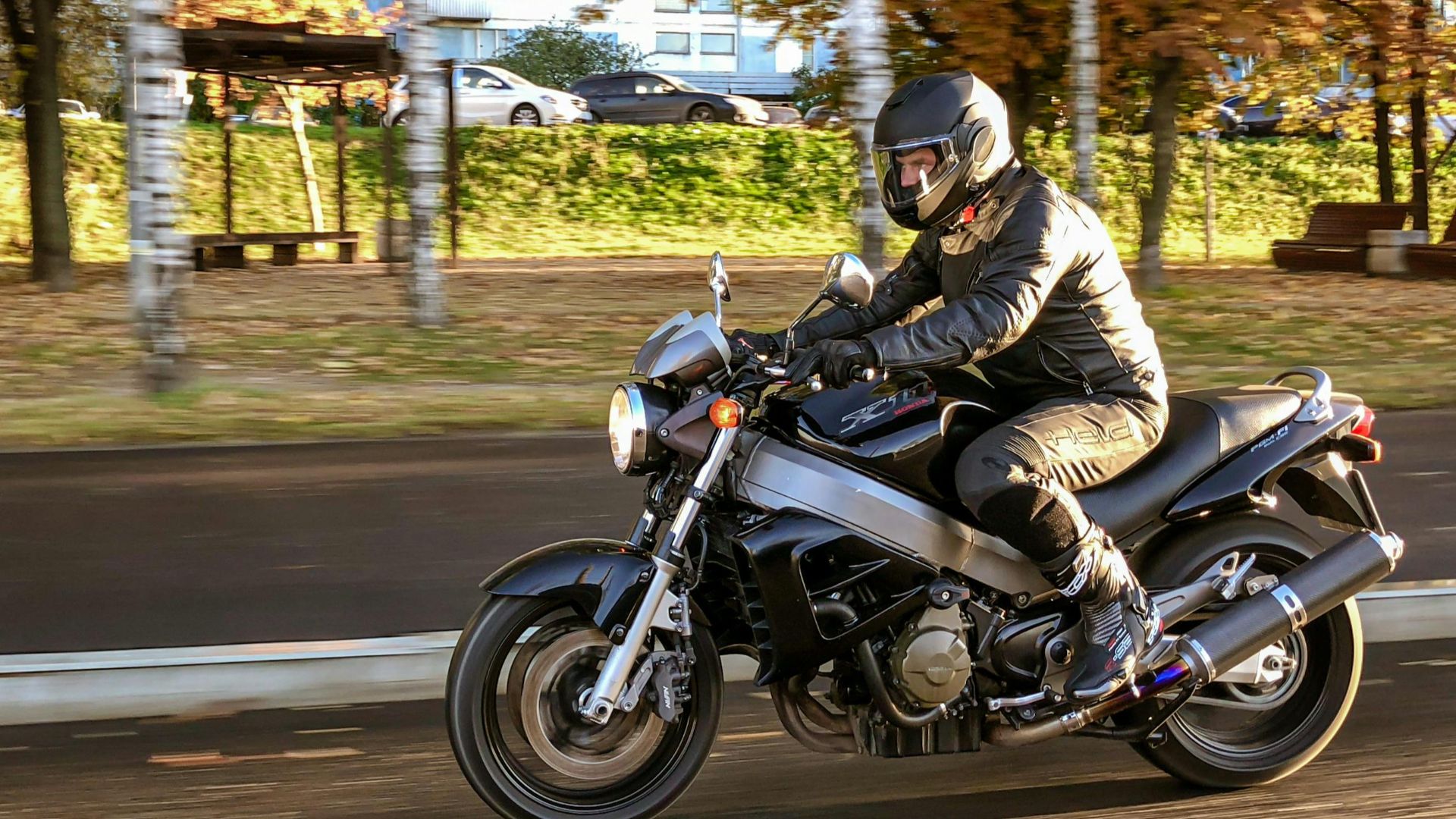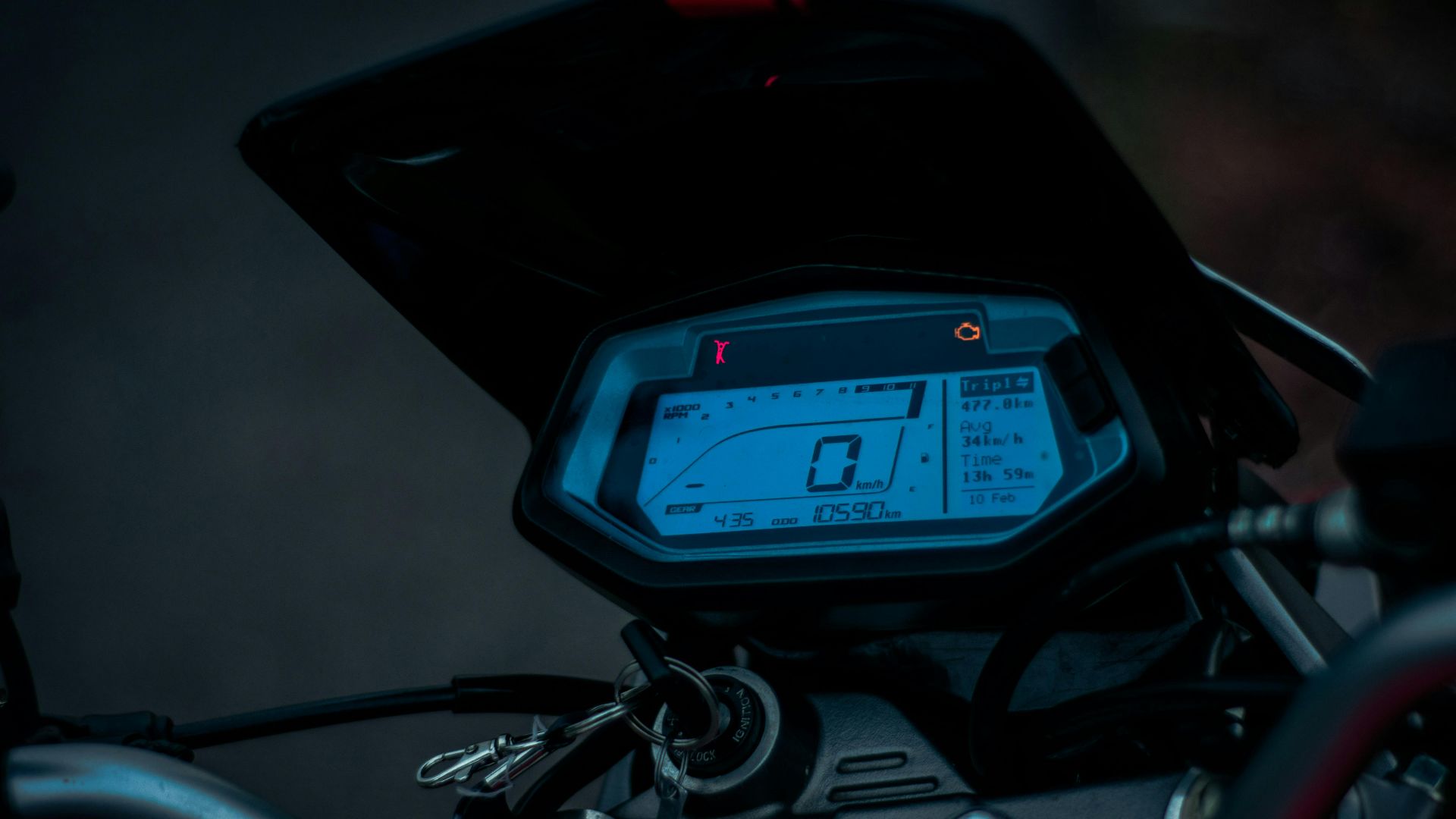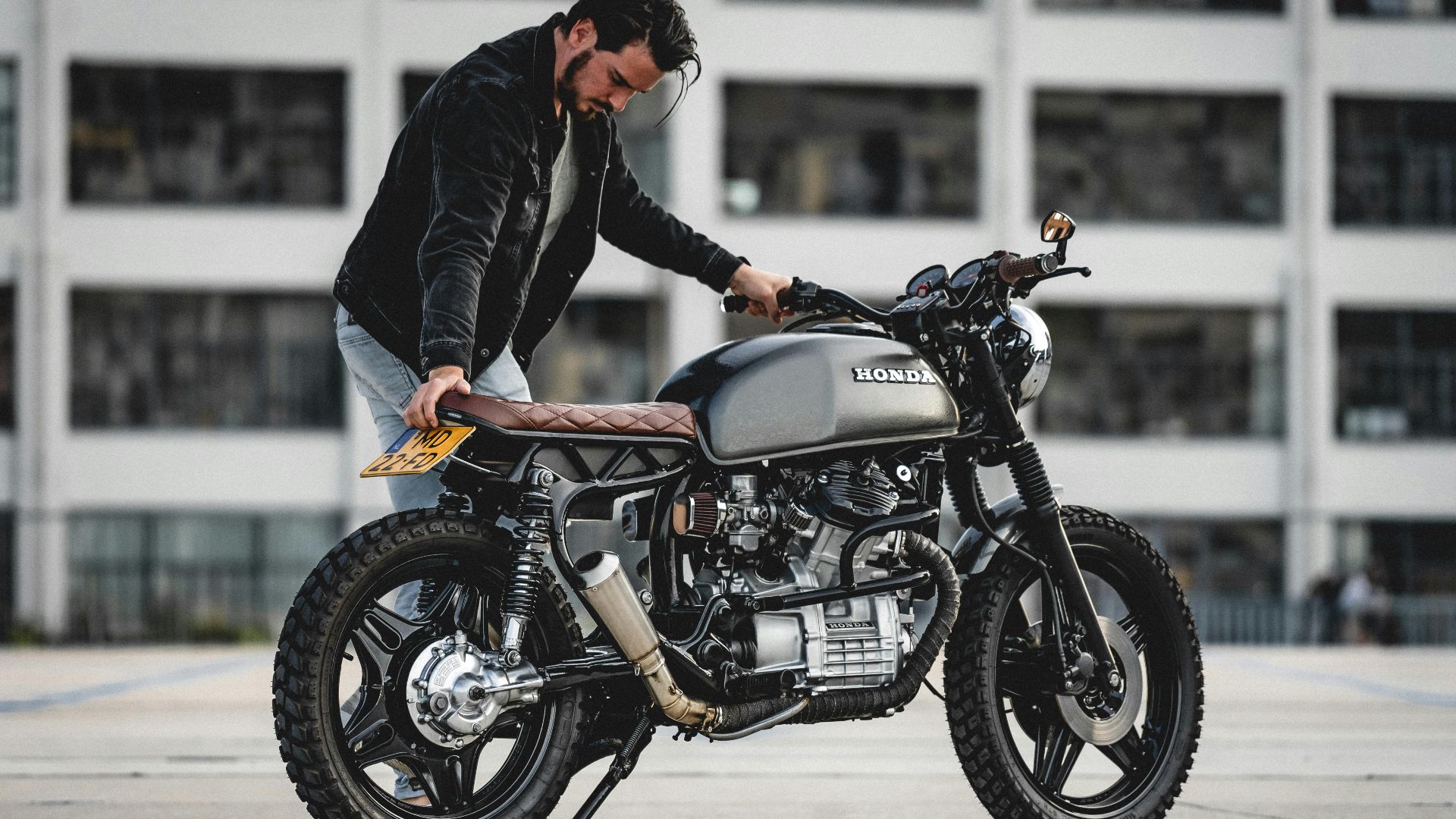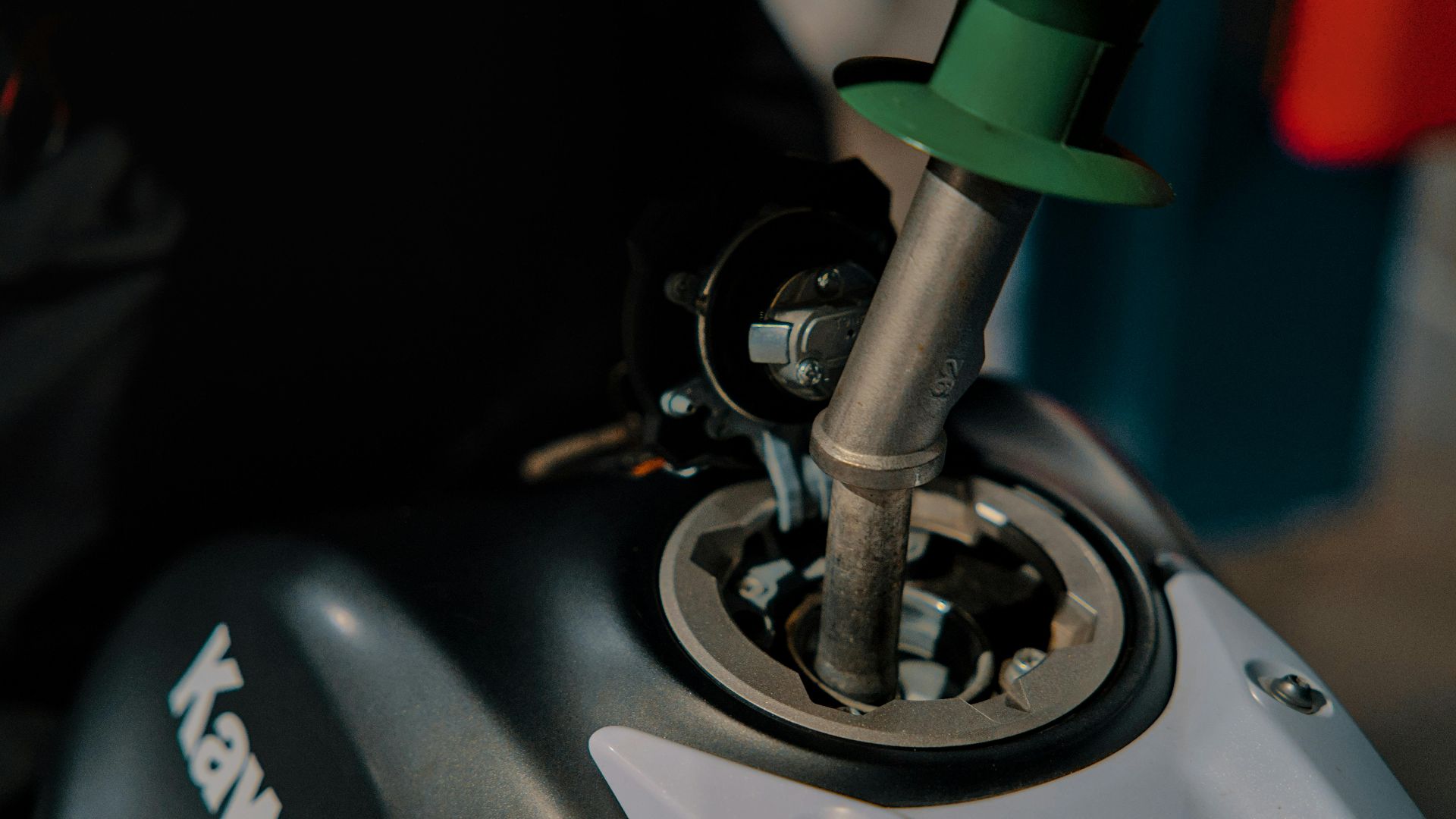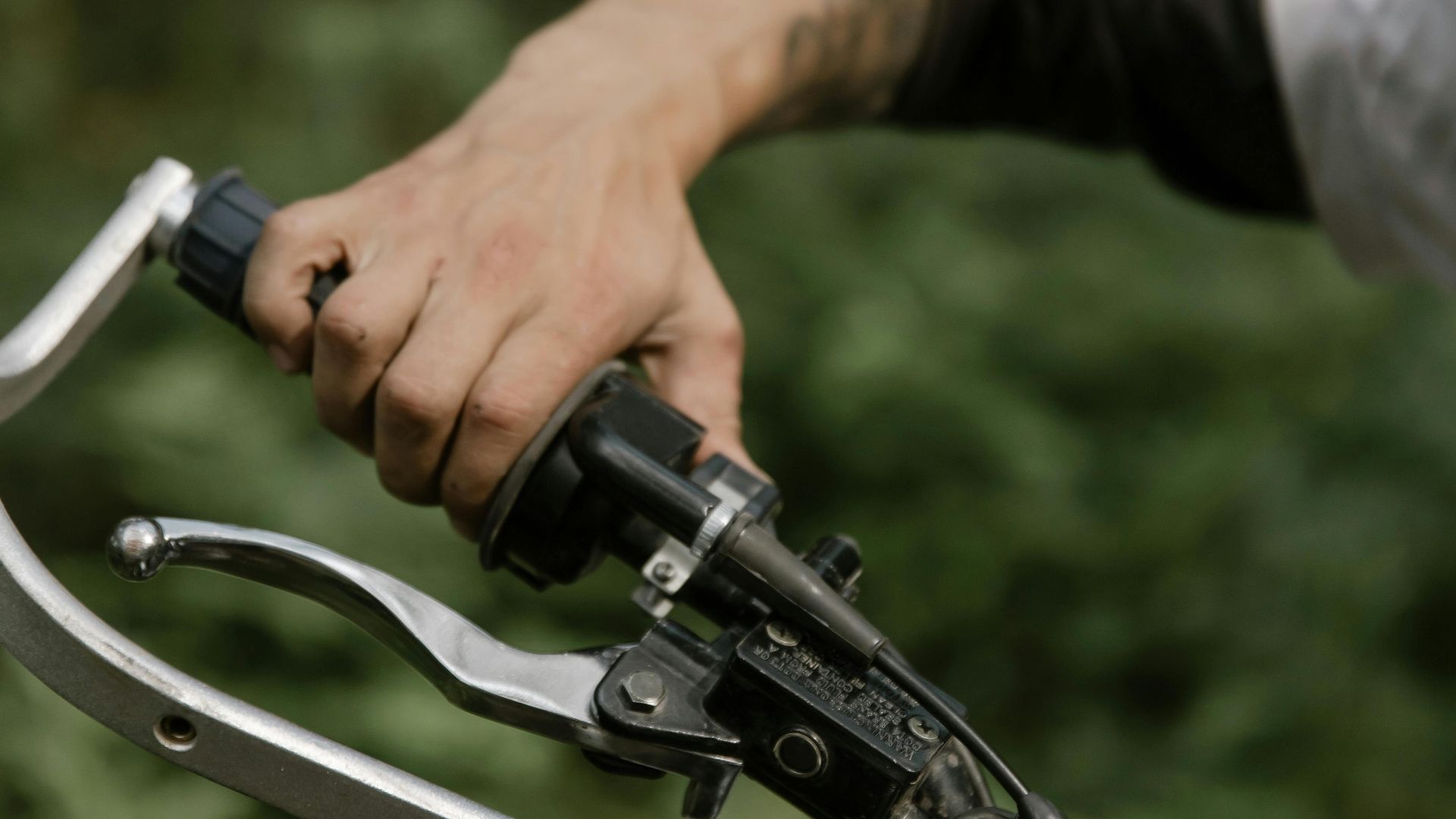Pre-Purchase Checklist For Used Motorcycles
Buying a used motorcycle can save you serious cash—if you know what you're doing. That polished exterior could easily hide frame damage, engine trouble, or sketchy modifications, and even a smooth test ride can hide years of abuse. If you’re looking for a second-hand bike, this checklist breaks down 20 critical things to look for before you commit.
1. Frame Integrity
Frame damage isn't always visible at first glance—run your fingers along the seams to detect hidden warping. Start by closely inspecting the frame, especially around the headstock and swingarm mounts. Any bends, weld marks, or repainting in these areas could indicate the bike was in a serious accident.
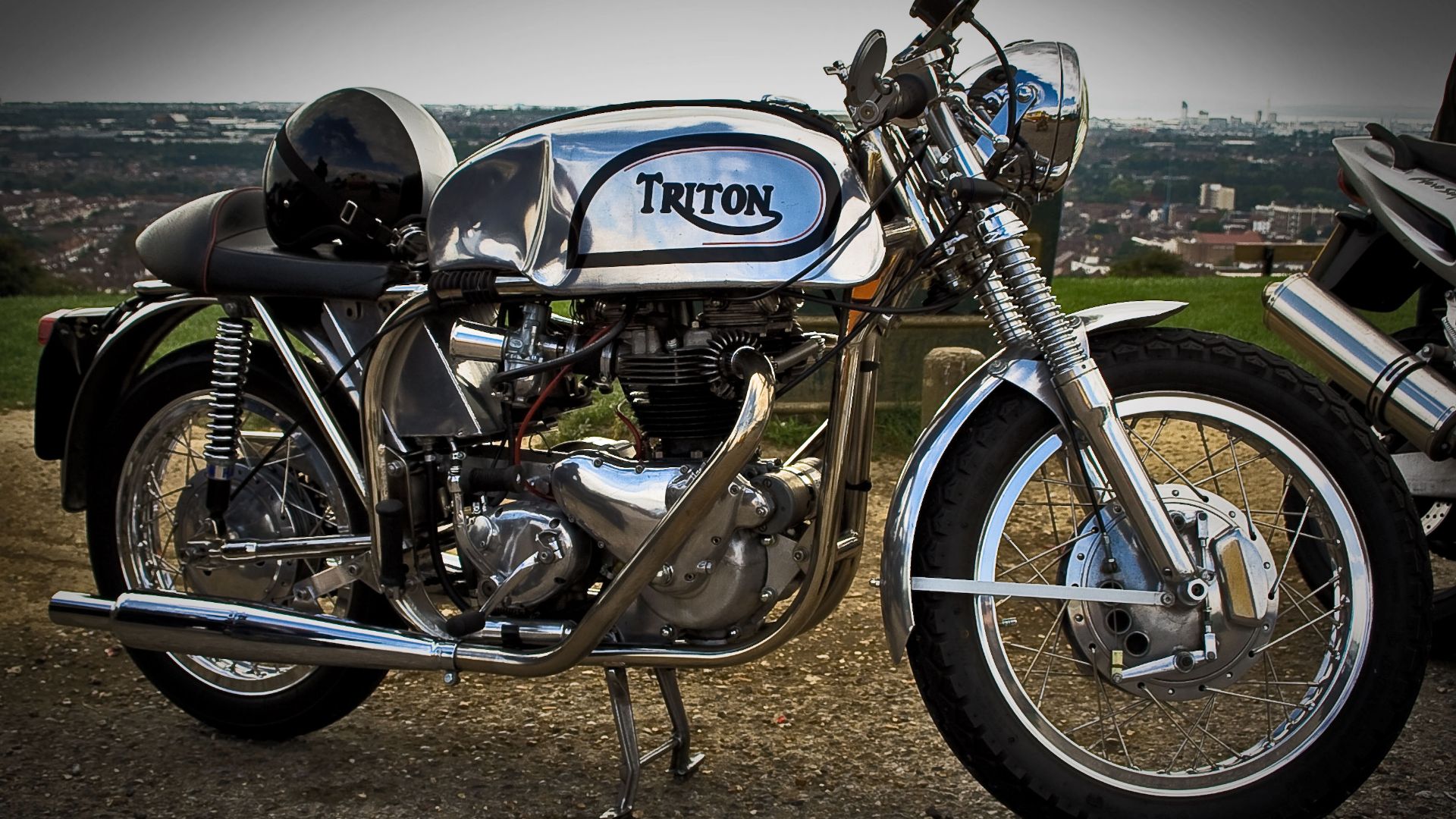 Mark Robinson from Williton, UK on Wikimedia
Mark Robinson from Williton, UK on Wikimedia
2. Engine Sound And Smoke
Listen to the engine at cold start and idle. Rattling or excessive ticking may point to worn-out components. Also, watch for blue or white smoke from the exhaust: blue signals burning oil, while white could indicate coolant leaks in liquid-cooled models, though it may also result from condensation in cold conditions or fuel system issues.
3. VIN Consistency
Check the Vehicle Identification Number (VIN) on the steering head and engine casing, then match it to the title. Inconsistencies could mean stolen parts or tampering. If the VIN plate looks tampered with or new rivets are visible, it’s a major red flag.
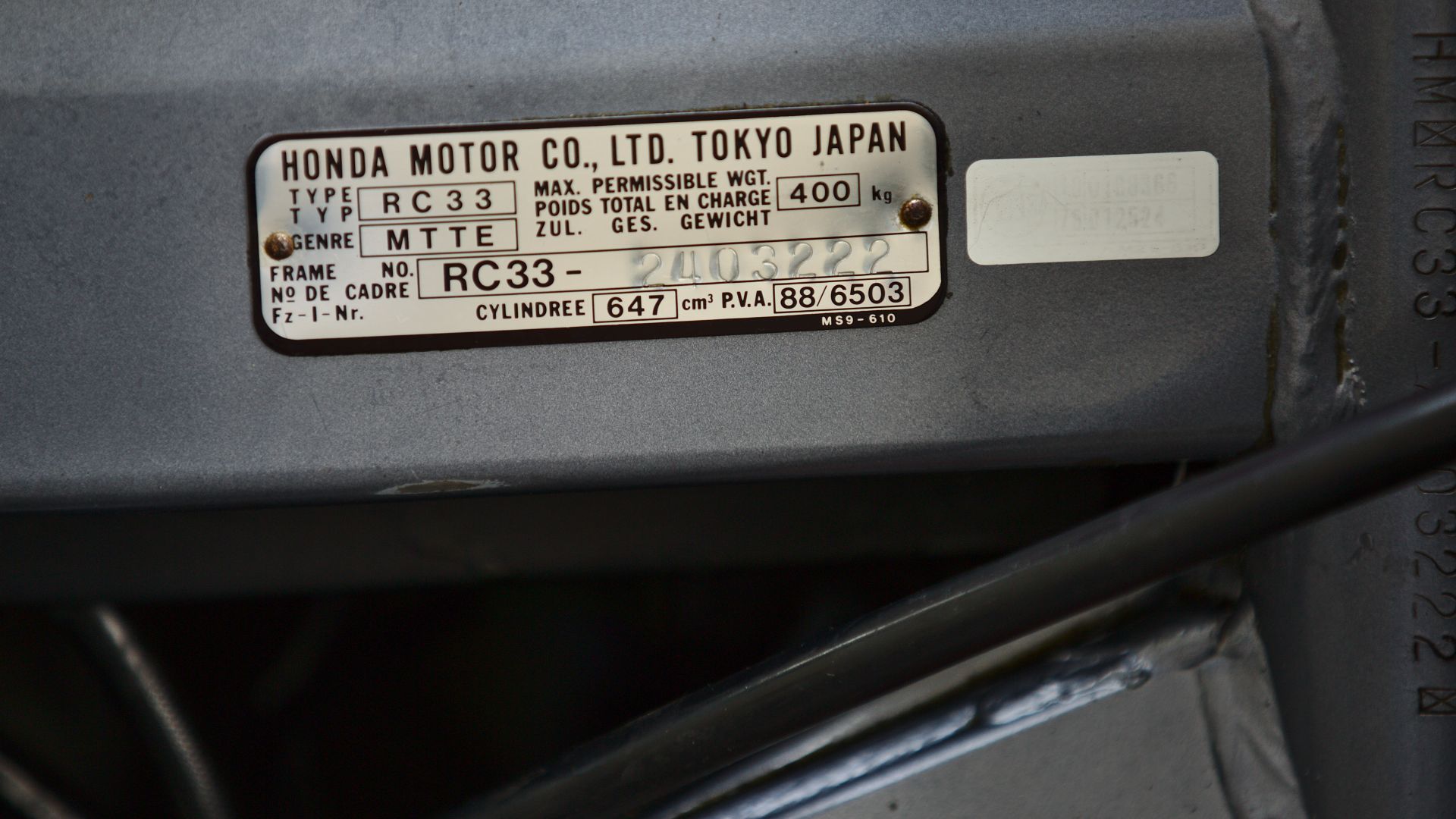 Dennis van Zuijlekom from Ermelo, The Netherlands on Wikimedia
Dennis van Zuijlekom from Ermelo, The Netherlands on Wikimedia
4. Chain And Sprocket Wear
A well-maintained drive chain should have minimal slack and move smoothly. Worn sprockets often have hooked or shark-fin teeth, which reduce efficiency and may damage the chain. If you spot rusted links or excessive grime, the previous owner likely neglected regular maintenance.
5. Clutch Feel And Response
Pull in the clutch lever and feel for smooth engagement. A sticky or vague response can indicate cable issues or a worn-out clutch pack. Rev the engine in gear while holding the clutch halfway; slipping or delayed power delivery is a sign the clutch may soon need replacing.
6. Brake Pad Thickness And Rotor Condition
Warped rotors are a common issue on older bikes. Inspect both brake pads for wear, and anything under 2mm should be replaced. Run your finger along the rotors, too. Deep grooves indicate uneven wear or excessive use.
7. Tire Wear And Age
Look beyond tread depth. Uneven wear or cupping may signal suspension problems. Also, check the sidewalls for the DOT code to confirm age—rubber hardens after five years, even if the tread remains. Many used bikes, mostly low-mileage models, still wear their original tires.
8. Suspension Leaks And Sag
Excessive sag or pogoing may hint at worn shocks or an aftermarket setup that's not properly adjusted for weight. To check, push down on the front and rear suspension; the bike should compress smoothly and return without bouncing. Also, examine the fork seals for oil seepage.
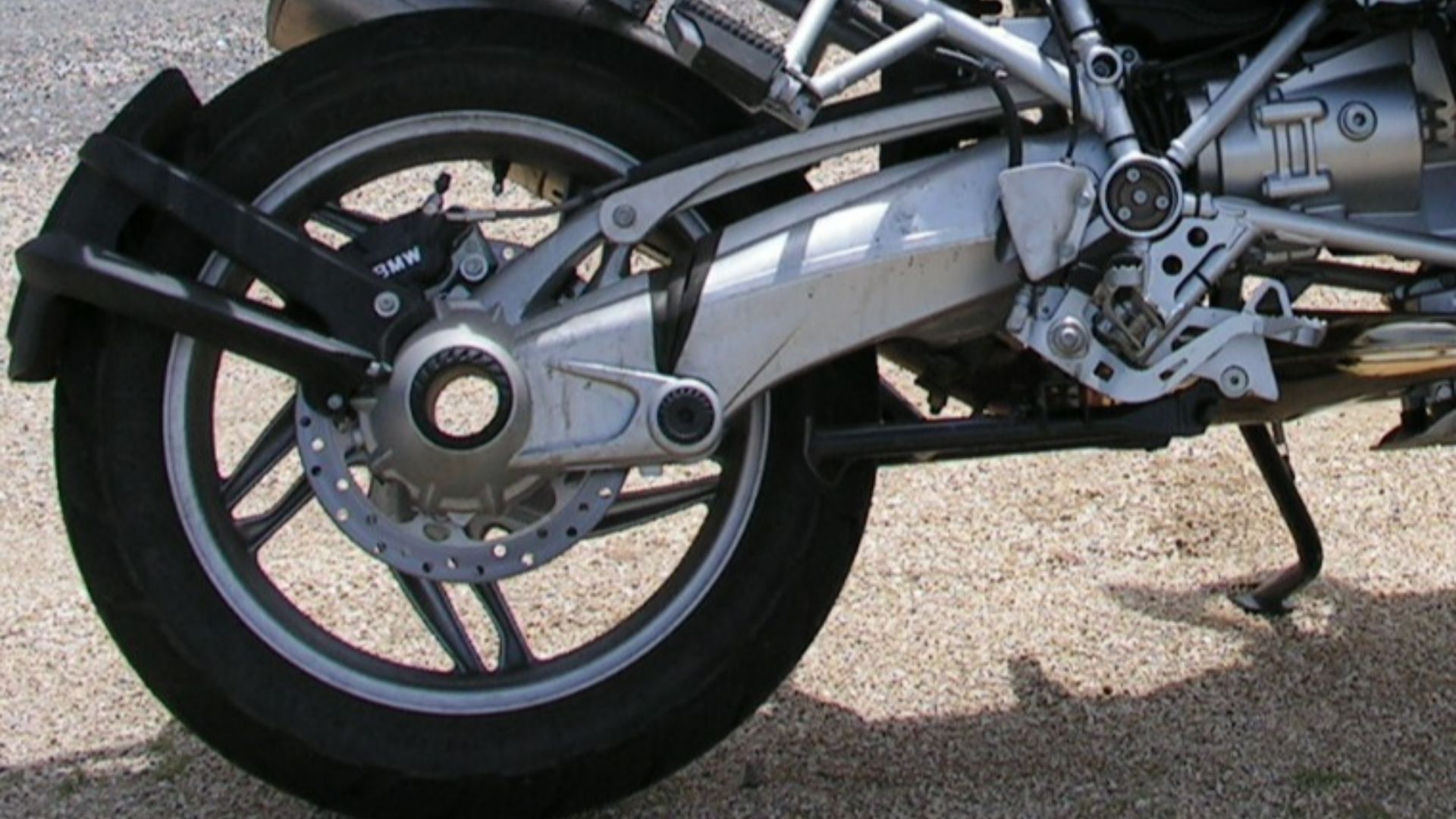 BMW_1200_GS_right_side_view.jpg:
BMW_1200_GS_right_side_view.jpg:
9. Electrical System Functionality
On older bikes like the Suzuki SV650, corroded connectors and failing stators are common culprits behind erratic or fading electrical performance. So, test every switch and light: headlamp, turn signals, brake lights, and horn. Dim lights or weak signals often point to battery or charging system issues.
10. Oil Condition And Leaks
Check the oil level and color via the sight glass or dipstick. Milky oil may point to water intrusion, while black, gritty oil suggests that it wasn’t changed regularly. Run your hand under the engine and around the gaskets. Fresh oil traces indicate active leaks.
11. Title Status And History
Rebuilt titles are common after crashes and can significantly reduce a motorcycle’s resale value. It often means the bike was written off by the insurance company, even if it looks flawless. Request the title and verify whether it's clean or salvaged.
12. Aftermarket Modifications
Take note of any non-OEM parts—exhausts, lights, levers, or tuning components. Poorly installed mods may compromise safety or reliability. An aftermarket exhaust without a proper ECU remap, for instance, can cause lean fuel conditions. This is particularly the case for fuel-injected models like the Yamaha FZ-09.
13. Cold Start Behavior
Remember to start the bike cold, not after it’s already warmed up. Hard starting, rough idling, or requiring excessive throttle input to stay running may indicate fuel delivery or valve clearance issues. Carbureted bikes, like older Honda CB750s, often reveal tuning problems only during cold starts.
14. Steering Head Bearings
With the front wheel off the ground, slowly turn the handlebars side to side. A notchy movement suggests worn or improperly torqued steering head bearings. This can cause wobbly handling at low speeds or during cornering, which is common in bikes that were stored outside or poorly maintained.
15. Coolant System Check
Overheating issues plague many used liquid-cooled bikes, including older Ducatis and high-mileage BMWs. Open the radiator cap when the engine is cold, and inspect the coolant—it should be a bright green or blue color, depending on the type, but never rusty. Check hoses for cracks or bulges, too.
 How-To: Change Motorcycle Coolant | Liquid Cooled System Explained by Infoclone
How-To: Change Motorcycle Coolant | Liquid Cooled System Explained by Infoclone
16. Odometer Reading And Mileage Implications
A bike’s mileage gives critical clues about its overall usage and wear. High-mileage motorcycles often have more engine, suspension, and drivetrain fatigue, especially if used for commuting or touring. Anything over 40,000 miles on a sportbike warrants extra scrutiny and a deeper mechanical inspection.
17. Exhaust System Condition
Inspect the exhaust pipes for rust and discoloration, particularly near weld points and joints. Bluing can signal engine overheating or incorrect air-fuel ratios. Also, pay attention to any rattling sounds or mismatched parts because poorly fitted components can cause backpressure issues and internal damage over time.
18. Fuel Tank Interior
Always sniff for sour gasoline, a telltale sign of prolonged disuse. Check inside the tank using a flashlight: if you spot rust flakes or sediment, it hints at fuel degradation or long-term storage without a stabilizer. These contaminants clog fuel systems and lead to expensive repairs.
19. Throttle And Cable Action
The throttle should rotate smoothly and snap back quickly when released; any lag may signal frayed cables or improper routing. Check both throttle and clutch cables for wear near pivot points and verify they aren’t binding against the frame or bar hardware.
20. Service Documentation
Beyond the seller’s verbal claims, request maintenance records. You need to look for consistent service across mileage intervals. For example, valve checks should appear by 12,000-16,000 miles on many performance bikes. However, intervals vary by model (e.g., 12,000 miles for some Yamahas, 16,000 for certain Hondas).




